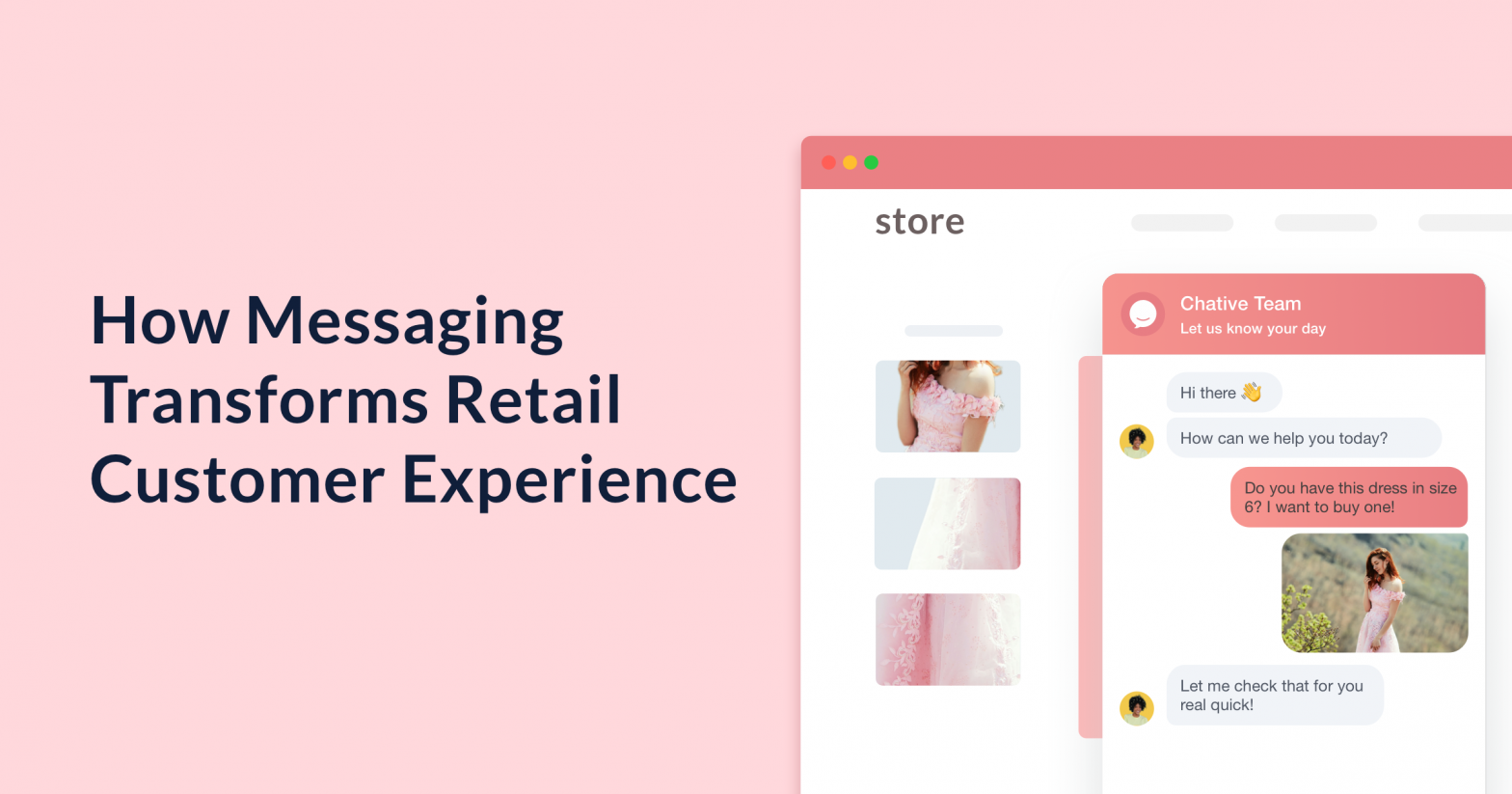Many industries were forced to rethink their business model and customer experience during the pandemic. The retail industry saw a decrease with the restrictions placed on in-person shopping. As the need for innovative thinking increased, so did the need for a quality digital experience.
As an article in the Harvard Business Review stated, “Most retailers with roots in brick-and-mortar simply try to replicate their in-store experience online, but such efforts are fruitless and misguided.” As more customers shift their spending to the web, online retailers have been all hands on deck.
Customer service is just one of the areas that have undergone a transformation through the use of technology. It might be easy to let customer service fall by the wayside. However, shrewd site owners know that customer service is a differentiator that keeps customers returning.
The impact of messaging on customer service
Messaging is transforming customer service for online companies in a variety of ways. The following are a few crucial ones to be aware of:
Reduce wasted time
The agent’s time accounts for most of the expenditures associated with customer service. Agents can manage numerous conversations simultaneously and lower the cost per contact thanks to messaging.
The retailer can improve agent efficiency and lower customer service expenses by eliminating “wait times” for customers who require assistance, especially with straightforward issues.
Provide more visual context
Customers are already accustomed to taking images with their mobile devices and attaching them to communications. Businesses that have started messaging have found that customers may quickly exchange images or videos. Sharing images and videos reduces the time it takes to comprehend a customer’s situation and choose how to assist.
Make seasonal spikes more manageable
Since most customer service representatives already use messaging in their daily lives, getting an agent up to speed on using messaging as a customer support tool doesn’t require much training. Messaging as a customer support channel requires less training, and agents can manage numerous conversations at once. Compared to email or phone, the messaging channel makes it easier to control seasonal fluctuations.
Reduce channel switching
These scenarios may be familiar to you as a customer, which involves contacting a customer service number, waiting in a live chat line, or hanging up to send an email to customer service. Customers that use messaging can avoid changing channels.
Text or social media can be used to start a conversation that continues as the customer responds. The client’s native chat app allows them to share supporting materials like PDFs, forms, and images.
Create more efficient conversations
Rich messaging can increase the functionality of conversations by enabling users to set up appointments, add products to their shopping carts, and finish transactions while still in a message chat.
Rich messaging allows for more transactions to happen throughout a conversation. Agents can exchange surveys or promos throughout the lively dialogue.
Conclusion
The retail industry is changing drastically. Online and offline retailers will both increasingly rely on digitally assisted customer experiences like messaging to drive purchases.
Now more than ever, starting your own online business is simple. However, opening your own store alone is insufficient. Making the finest possible online customer experience is important if you want people to know about you and keep visiting your store.
The fast use of messaging for customer service is being driven by lower costs, seamless client experiences, and more effective customer care. More shops will need to consider switching to the messaging channel as more online shoppers—especially smartphone-wielding millennials—take the convenience of online buying for granted.
Has your retail store tried messaging to connect with online customers? Do you have any tips to share? Leave your thoughts in the comments.
